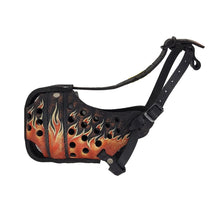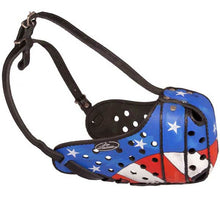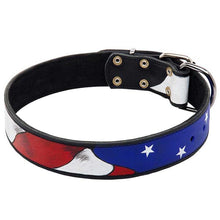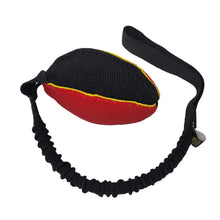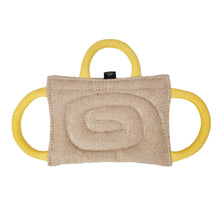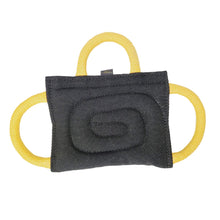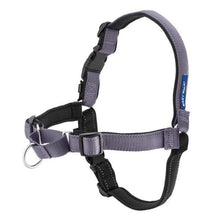Quick Nutrition Tips For Your German Shepherd

March is National Nutrition Month so we thought it would be the perfect time to recognize how good nutrition can help your German Shepherd stay healthy and fit throughout their life.
Good nutrition is the foundation of good health. It’s what keeps all the body systems functioning properly. Without it, a dog’s body can’t perform at its best, which may increase their risk of disease and injury.
A balanced diet fuels the body and mind to help keep your dog energetic and feeling great. You can do many things to ensure your German shepherd is eating healthy. We hope you find some of the following tips helpful.

Consider the individual needs of your dog
Good nutrition isn’t one size fits all. One brand of food that works for your friend’s dog may be a gastric disaster for yours. While there’s nothing wrong with gathering opinions on dog food, you should consider your dog’s age, activity level, size, and health issues over a brand name just because it’s popular.
Conversely, there’s also a lot of value in discussing dog food with your German shepherd-loving peers. Delving into the nutritional analysis, reputation of the brand, recall history, formulation, and more can be eye-opening and very valuable when choosing a food. Just be sure to get past the marketing and hype to reach the truth about the food you choose.
Don’t overfeed
Read the feeding guidelines but also figure out your dog’s daily caloric needs here. Most people feed their pets twice a day, but the amount fed will vary depending on age, size, activity level, and metabolism. Dog food calories per cup can vary wildly so be sure you know how many calories are in the food you feed, especially when you are rotating through formulas.

Pick the right formulation
Get back to basics and choose a food that meets the AAFCO standards for complete and balanced nutrition for the size and life stage of your dog. You should look for this in all commercial diets, including raw, freeze-dried, fresh, wet, and dry.
Learn how to read labels and educate yourself on how to read labels, nutritional analysis, ingredient splitting, the definition of ingredients, and what the current marketing buzzwords are.
If feeding trials are important to you, it will be on the packaging. If you want more information, go to the manufacturer's website, or give them a call.

Invest in the best quality you can afford
Not everyone can afford to feed their dog a top-of-the-line commercial fresh or raw diet. But thankfully, there are many healthy dog food options available. Choose one with good quality protein derived from animal sources. Fat, complex carbohydrates and fiber are also vital nutrients.
Choose a food that is made from whole food ingredients that you recognize, the first 5 are the most important. Any ingredients listed behind salt are negligible so don’t get caught up in that too much.
When starting a diet, monitor your dog to see how they feel. Are they happy and energetic? Are they free from gas and bloating? Is their skin and coat healthy? Are their stools normal? Are their eyes clear? If so, their food is probably a good fit, but you can discuss it further with your vet.

Make toppers count
Topping a commercial diet with whole foods such as meat, vegetables, and fruit can enhance your dog’s diet and make sure they’re still getting all the nutrients they require to be healthy.
A good rule of thumb is not to exceed 10%-15% of your dog’s daily caloric allowance in toppers.
If you already feed your dog fresh vegetables, you may have noticed that some of them, such as carrots, aren’t’ digested and pass right through. You can get around this by gently cooking and pureeing vegetables for maximum nutrient absorption.
By rotating whole fresh foods into your dog’s diet, you will be giving them a variety of healthy antioxidants and micronutrients to help boost their existing food. There are plenty of dog-safe fruits and vegetables that you can easily rotate into your dog’s diet.
If your dog picks out the good stuff and leaves their normal diet behind, puree the meat, vegetables, and fruit together and mix it into their meal. Some people will even grind up their dry food and mix it in with the topper.

A few ideas to get you started include:
Protein
- Chicken
- Turkey
- Beef
- Lamb
- Sardines
- Salmon
- Whitefish
- Eggs
Vegetables
- Spinach
- Kale
- Broccoli
- Carrots
- Parsnips
- Sweet potato
- Zucchini
- Yellow squash
- Pumpkin\
- Green beans
- Peas
- Bell peppers
- Beets
Fruits
- Apple, without seeds
- Blueberries
- Blackberries
- Strawberries
- Raspberries
- Cantaloupe
- Watermelon
- Cranberries
- Mango
- Pears

Give supplements, only if needed
If your dog eats a balanced diet, they don’t need a vitamin or mineral supplement, unless recommended by your vet.
Vitamin and mineral supplements should be used cautiously and never fed to puppies since they can cause nutrient excesses.
However, many dogs can benefit from some form of nutraceuticals during their life. Some common supplements that can be beneficial:
• Joint supplements that contain glucosamine, chondroitin, and MSN
• Skin and coat supplements containing omega-3 fatty acids such as salmon oil
• Probiotics to help improve sensitive digestive tracks

The best thing you can do for your dog is to feed them a high-quality diet to help protect their health and longevity. If they have a health problem, speak with your vet about their specific health needs and consider consulting with a veterinary nutritionist.
By adding fresh food to your dog’s dish, you can enhance their existing diet while giving them a variety of foods to look forward to each day.
We hope you find these tips helpful and your dog enjoys them, too. Please feel free to share with your friends.
You might also like: The Role Of Diet In Managing German Shepherd Skin Conditions Nutritional Advice For Maintaining Healthy Skin And Coat



